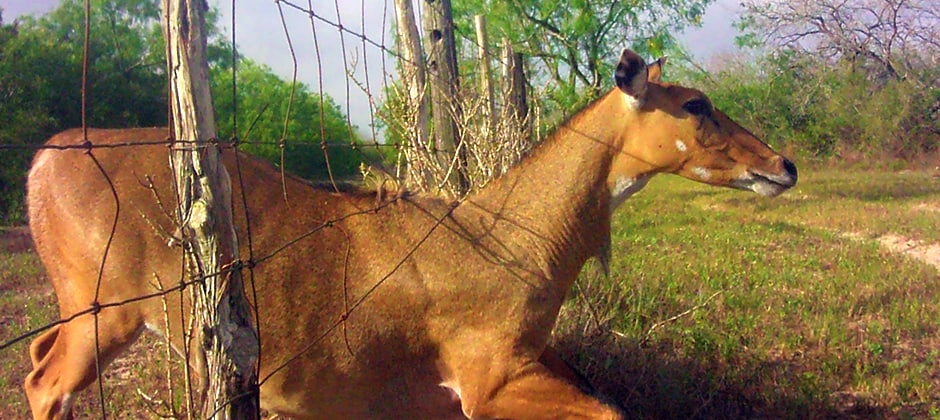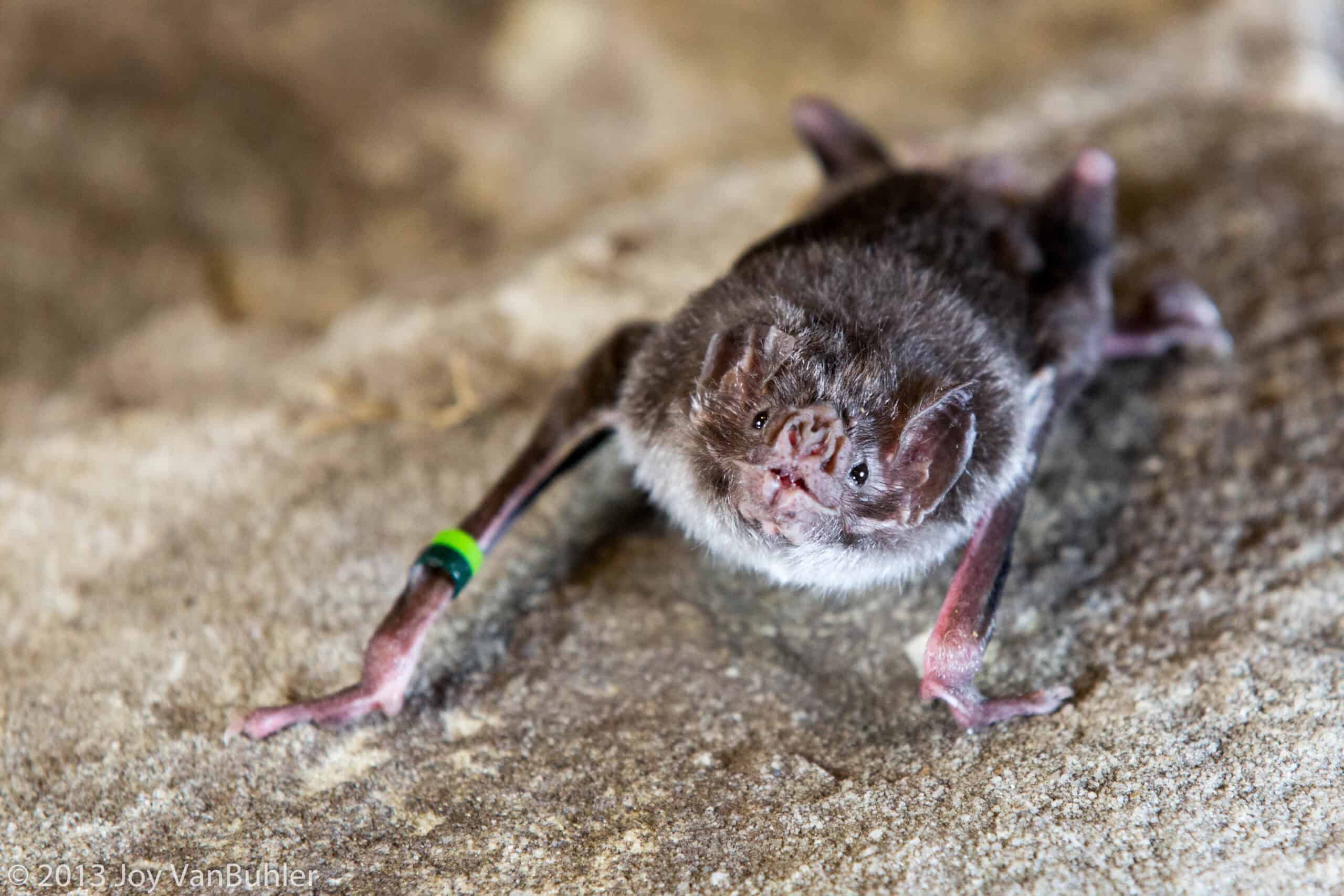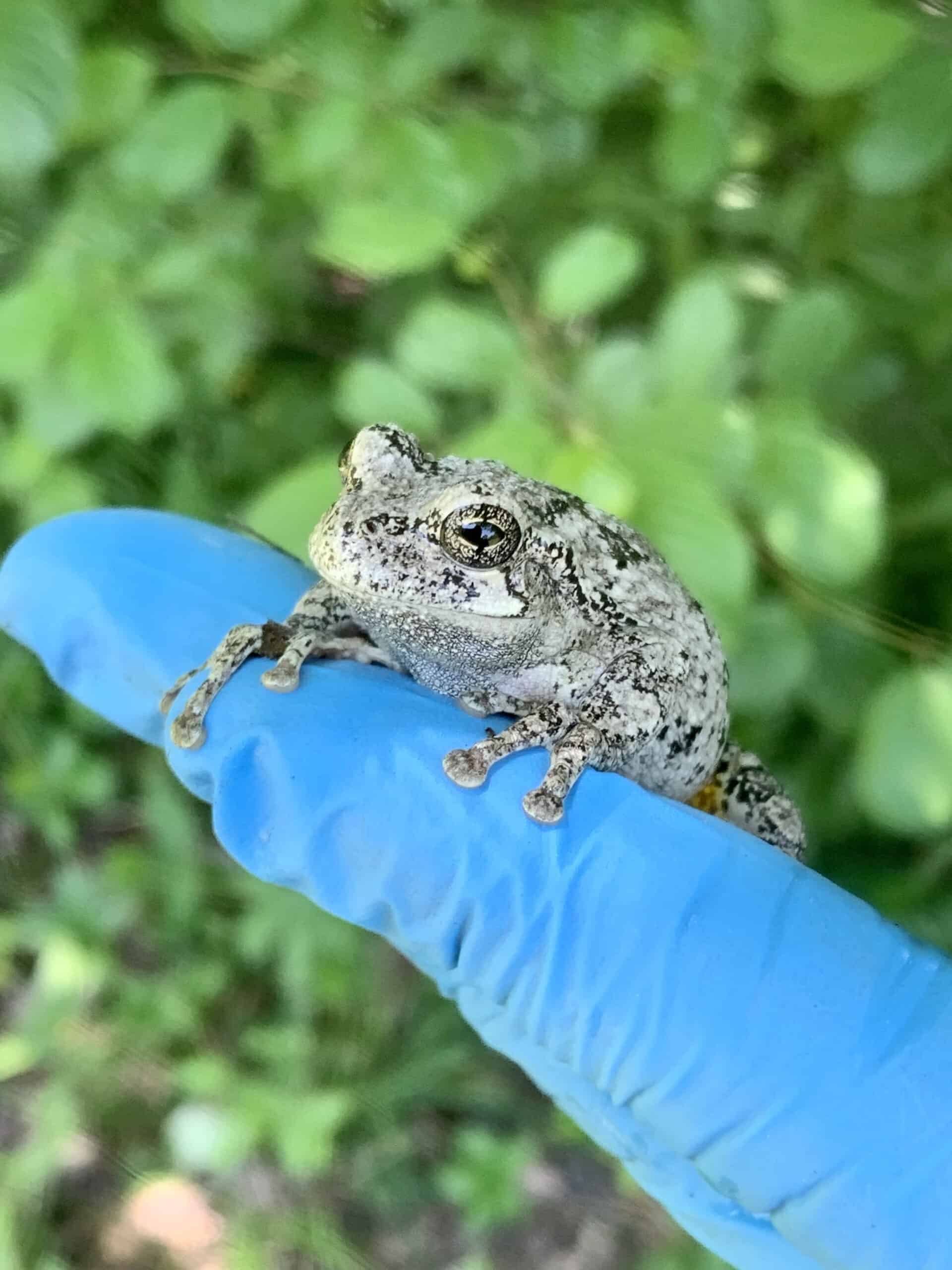Share this article
Wild Cam: Fence-busting feral antelope open up Texas range
Imported from Asia as a game species, nilgai antelope have become feral in South Texas, and their penchant for busting fences is reshaping the landscape — connecting fragmented areas that can benefit native wildlife.
TWS member Megan Granger, an undergraduate in the rangeland and ecology management department at Texas A&M University at Kingsville, studied how animals use these crossings in an effort to better understand wildlife movement in the area. They made use of camera traps set up at two different ranches to monitor the types of animals that use the spots where nilgai have made it easier to cross.
“The crossings are beneficial for population connectivity and for conserving the genetics,” she said, but they can also allow harmful wild pigs and disease to spread.
For our latest in the Wild Cam series, we feature a collection of Granger’s photos and what they may mean for South Texas. Granger displayed the results of her work on a poster at the 2019 Joint Annual Conference of the American Fisheries Society and The Wildlife Society in October.
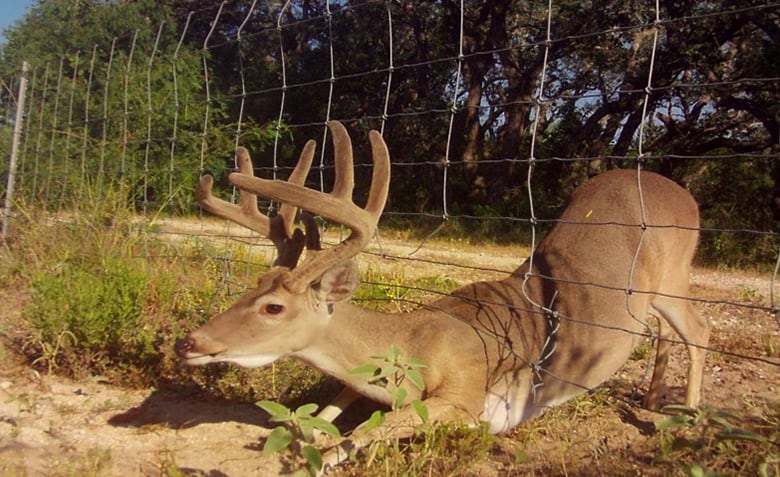
Originally from India and Pakistan, Nilgai antelopes (Boselaphus tragocamelus) were introduced by the King Ranch in Texas in the 1930s. “It’s really good meat. A lot of hunters like to hunt them,” Granger said.
After some of these animals escaped, an estimated 30,000 individuals now roam South Texas, where they find a landscape similar to their home range in South Asia. While property owners can profit from allowing hunters access to the nilgai on their land, the antelopes are also a vector for disease. Nilgai can host tick species like Rhipicephalus annulatus and R. microplus, which often carry protozoa and microscopic parasites that cause cattle fever, a disease that kills about 90% of infected cattle.
“Ranchers are losing a lot of money in this area because of that,” Granger said.
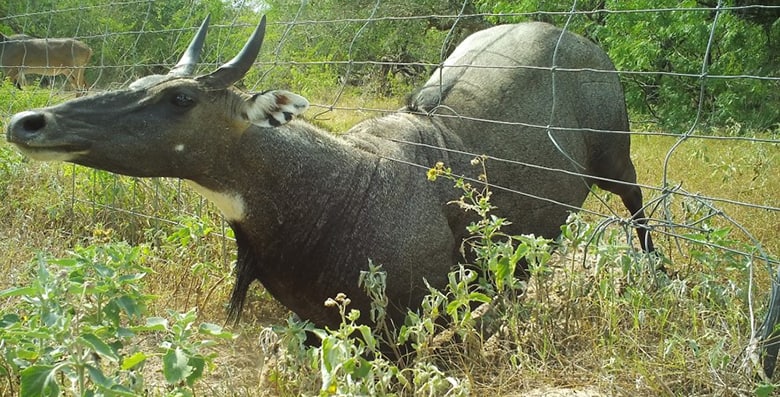
The U.S. Department of Agriculture’s Cattle Fever Tick Lab is working to reduce these ticks by targeting their hosts, including white-tailed deer (Odocoileus virginianus) like the one pictured above, and nilgai, by quarantining areas near the Mexican border where the disease is prevalent.
PHoto 4 nilgai bull
Nilgai aren’t easily contained, though. Their bulky bodies can push through fences, leaving behind openings that other wildlife use to cross from one property to another.
Wanting to see what animals were using them, Granger and her colleagues monitored camera traps set up from March 2018 to March 2019 at crossings nilgai had created at two ranches.
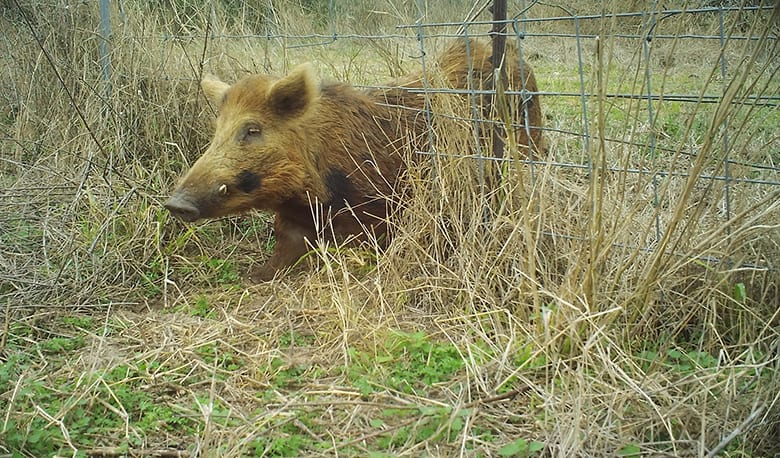
Their preliminary findings revealed 14 different wildlife species slipping past the fences. White-tailed deer were the most common, followed by nilgai. Feral hogs (Sus scrofa) were the third most common species spotted.
“Feral hogs are definitely a problem because they’re an invasive species,” Granger said. “They dig holes and destroy a lot of ranches.”
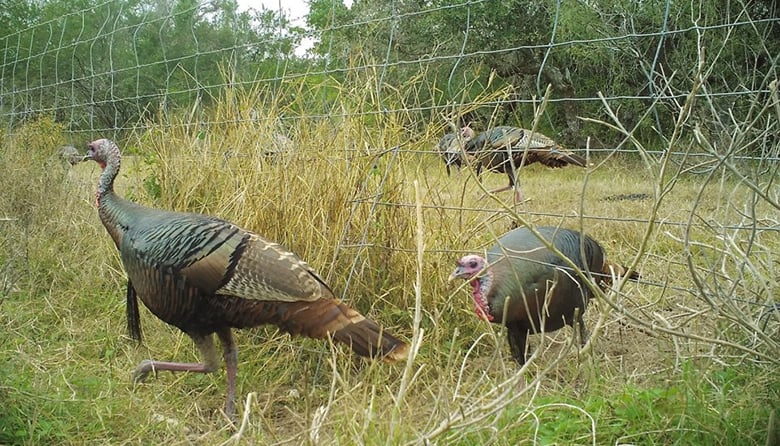
While the gaps in the fences can create headaches for ranchers by allowing cattle to escape, they may provide a benefit to native wildlife. Granger’s camera traps show native species like wild turkeys (Meleagris gallopavo) use these crossings to get around.
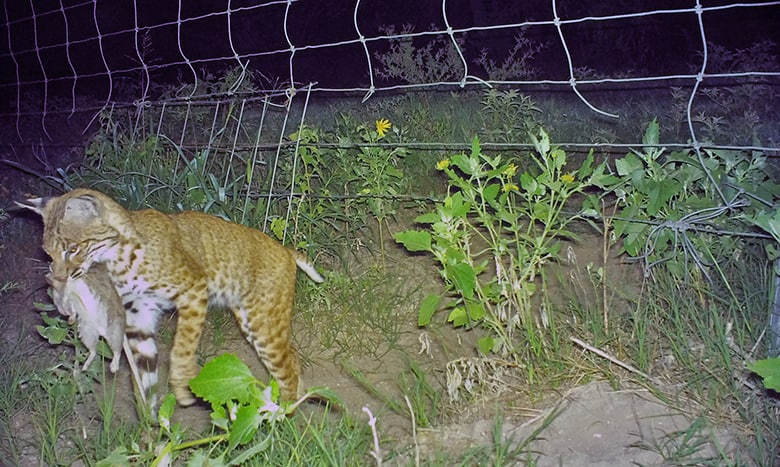
Bobcats (Lynx rufus), such as this one with freshly caught prey in its mouth, also make use of them. The cameras also captured peccary (Tayassu tajacu), coyotes (Canis latrans) and badgers (Taxidea taxus).
But perhaps the most important species to benefit from these crossing is the ocelot (Leopardus pardalis), a federally endangered species. In a state overwhelmingly made up of private land, Granger said, these wildlife crossings can increase landscape connectivity for ocelots and other native species.
“If they are trapped in these little areas, there isn’t room for them to expand and connect with other areas,” she said. “I think they’re beneficial when you have a large scale of land that’s fenced in.”
This photo essay is part of an occasional series from The Wildlife Society featuring photos and video images of wildlife taken with camera traps and other equipment. Check out other entries in the series here. If you’re working on an interesting camera trap research project or one that has a series of good photos you’d like to share, email Joshua at jlearn@wildlife.org.
Header Image: A nilgai antelope crosses under a fence in Texas. ©Megan Granger



